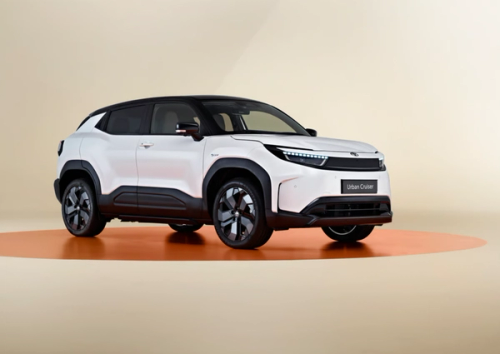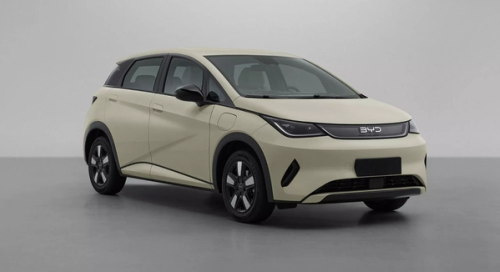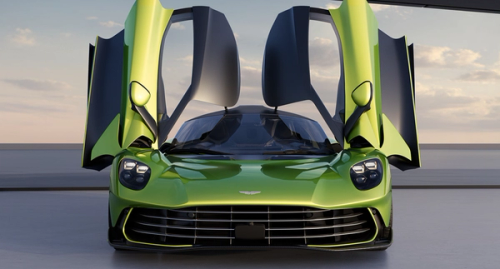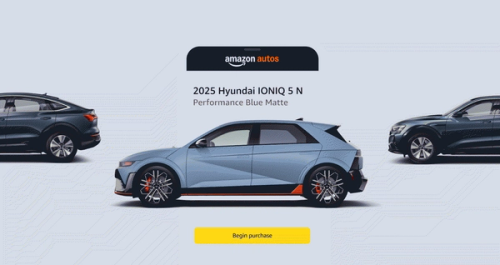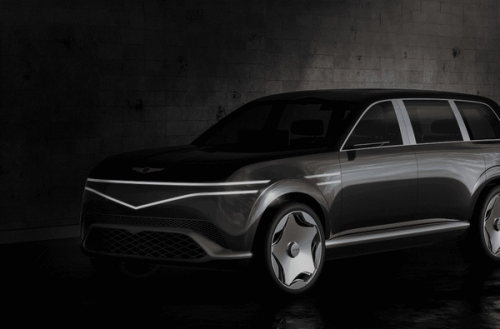Home
/vehicle-tech-news
/The Power of Slowing Down: Understanding Regenerative Braking in Electric Cars
The Power of Slowing Down: Understanding Regenerative Braking in Electric Cars
1 Nov 2024
16
By chronicle electric

regenerative braking
Electric cars are transforming how we think about driving, and regenerative braking is one of the key innovations behind this shift. What once involved simply pressing a pedal to slow down now offers an efficient way to recapture energy. But how exactly does regenerative braking work, and why is it so important for electric vehicles (EVs)? Here, we dive into the mechanics and benefits of regenerative braking and how it’s shaping the future of driving.
What is Regenerative Braking?
Regenerative braking, or "regen," is a system in electric vehicles that turns braking energy into electricity, which is then fed back into the car's battery. In a conventional car, the kinetic energy generated when you brake simply dissipates as heat. EVs, however, harness this energy, converting it to extend the vehicle's driving range. This is achieved through a complex but highly effective energy recovery system integrated into the car’s electric motor.
When the driver presses the brake or releases the accelerator, the electric motor runs in reverse, acting as a generator. This action slows the vehicle down while producing electrical energy that flows back into the battery. Essentially, it’s a clever way to "recycle" energy that would otherwise be lost.
The Driving Experience: One-Pedal Driving
Many EVs now offer what’s known as "one-pedal driving," where lifting off the accelerator is enough to bring the vehicle to a near stop. The regenerative braking system kicks in the moment you ease up on the accelerator, providing a smooth deceleration and saving the use of the brake pedal for harder stops. This creates a more intuitive driving experience, particularly in stop-and-go traffic.
One-pedal driving doesn't just enhance energy efficiency; it also reduces wear and tear on traditional braking systems. In most EVs, you’ll use your brake pads far less frequently, which can lead to lower maintenance costs over the life of the vehicle.
Extending the Range
Range anxiety—the fear of running out of battery mid-journey—is a common concern among EV drivers. Regenerative braking provides a solution by giving drivers a bit more mileage between charges. By recapturing energy during braking, EVs can add anywhere from 10% to 30% more range in urban environments, where stop-and-go conditions are common. This means that, rather than constantly draining power, EVs can effectively recharge themselves to some extent as they navigate city streets.
This benefit is especially noticeable on long downhill drives, where the system can continuously generate energy for an extended period, providing significant range extension in certain conditions. For drivers in hilly or mountainous regions, regen braking is particularly valuable.
The Environmental Impact
Beyond range and convenience, regenerative braking also contributes to sustainability. By reducing the amount of energy wasted during driving, EVs lower their overall energy consumption. This efficiency translates to fewer required recharges and a smaller carbon footprint over time. For cities aiming to cut down on pollution and greenhouse gases, the widespread adoption of regenerative braking in electric and hybrid vehicles represents a crucial step.
Additionally, regen braking reduces brake dust, a lesser-known source of particulate pollution from conventional vehicles. By relying less on friction brakes, EVs minimize this dust, contributing to cleaner air and reduced health risks for urban populations.
The Future of Regenerative Braking
As EV technology continues to evolve, so too does regenerative braking. Automakers are exploring more advanced systems that allow for finer control and more effective energy recovery. In the future, we can expect even greater integration between braking systems and other vehicle components, like advanced driving assists, to maximize efficiency and safety.
There's also room for innovation in the user experience. Some automakers are experimenting with customizable regen levels, allowing drivers to adjust how aggressive the regenerative braking feels. This not only enhances comfort but also gives drivers the power to adapt their driving style to different conditions—whether they’re coasting down a long hill or navigating rush-hour traffic.

